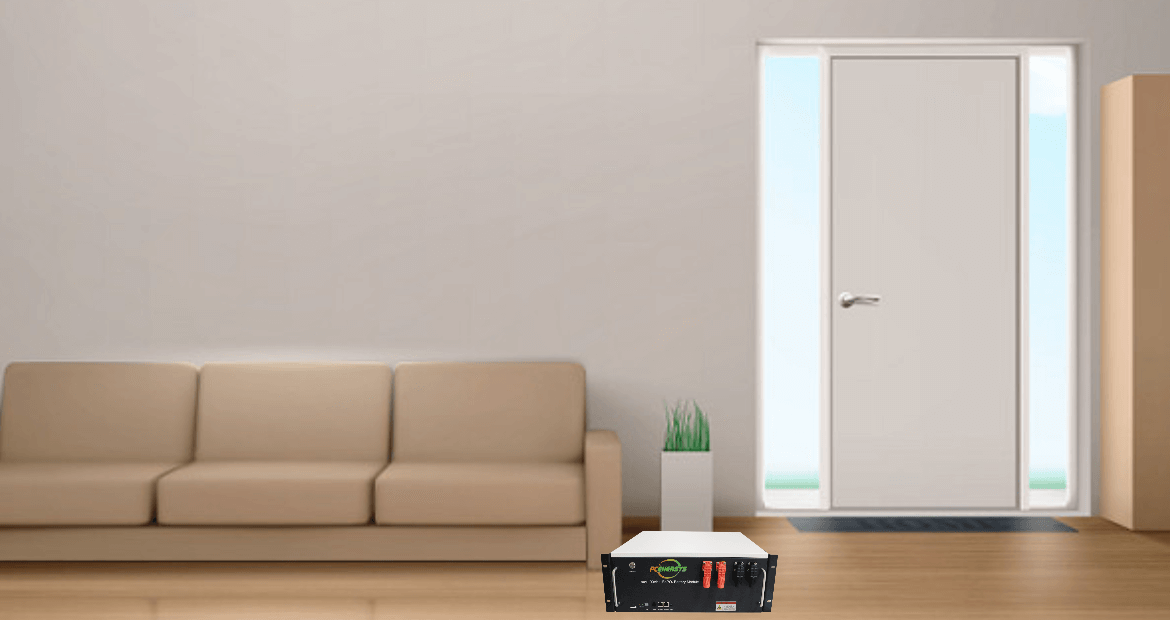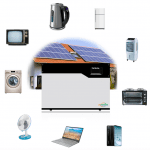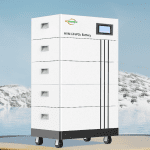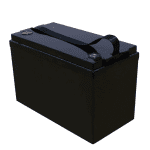The circular economy and energy storage have gradually emerged, and circular economy approaches have flourished as a path to a more sustainable and resource-saving future. This comprehensive blog post explores the circular economy of Energy Storage 48V Lithium-ion battery. This class of batteries is reshaping the energy landscape, offering unparalleled sustainability and resource optimization. The choice of energy storage battery technology allows for a more reasonable integration of the circular economy.
What is the definition of a circular economy?
First we will start by defining the circular economy and its core principles. We’ll explain how this paradigm shift rethinks the traditional linear acquisition, making, and disposal model and focuses on a more regenerative approach, where resources are reused, refurbished, and recycled. The concept of “reduce, reuse, and recycle” takes center stage, and we lay the foundations for its application in energy storage. The circular economy is a holistic approach to resource management. It recognizes that resources are limited and traditional linear models are unsustainable in the long term. By defining circular economy, we emphasize the importance of reducing waste, extending product life, and maximizing the value of resources.
Energy storage 48V lithium-ion battery life cycle
To understand the application of the circular economy in 48V lithium-ion batteries for energy storage, examining the entire life cycle of these energy storage devices is crucial. Their life cycle is a journey that begins with the extraction and processing of raw materials. These materials, including lithium, cobalt, and nickel, are the building blocks of modern energy storage. A circular economy approach starts early, emphasizing responsible sourcing and extraction.
Once 48V lithium-ion batteries are used, circular economy principles will continue to guide their management. Monitoring and maintenance practices are critical to ensuring batteries operate at peak efficiency. For example, batteries must be carefully managed in renewable energy installations to maximize their useful life. Circular economy ideas are evident here, as these practices extend the battery’s life and reduce the frequency of replacement and associated environmental impact. Secondary utilization is another important aspect of energy storage circular economy. Batteries are not thrown away after initial use but can find new life in various applications.
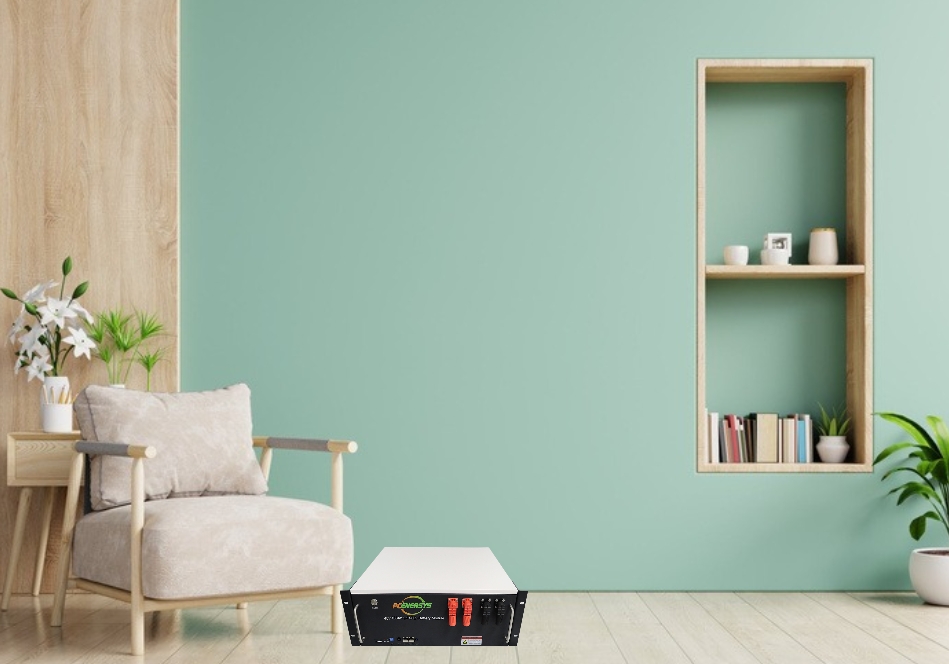
Sustainable design and eco-labelling
The sustainable design of energy storage 48V lithium-ion batteries involves a holistic approach to product development. It considers the entire life cycle of a storm, from raw material extraction to end-of-life management. This approach is based on eco-design principles and focuses on creating environmentally responsible products from the outset. A fundamental aspect of sustainable design is energy efficiency. This principle emphasizes the need to design batteries to minimize energy consumption during manufacturing and use. It promotes the use of energy-saving processes and technologies in battery production. Additionally, energy efficiency extends to the battery’s operating phase, striving to optimize its performance while reducing energy waste.
Reducing environmental impact is a core goal of sustainable design. The manufacturer aims to minimize the use of hazardous materials and reduce the overall carbon footprint of battery production. Ecolabels and certifications are vital in educating consumers about the sustainability of 48V lithium-ion batteries. These labels provide transparency and guarantee that products meet specific environmental and performance standards.
Extended Producer Responsibility (EPR) and regulations
The EPR contains several fundamental principles to guide manufacturers in adopting a circular economy approach:
Environmental Design: Encourage manufacturers to design environmentally friendly and resource-efficient batteries. This includes minimizing waste during manufacturing, reducing carbon footprint, and creating products that are easy to disassemble and recycle.
Recycling Program: EPR typically involves establishing a recycling program where manufacturers are responsible for collecting and recycling their products at the end of their useful life. Ensure that end-of-life batteries are appropriately managed.
Financial Responsibility: Manufacturers are financially responsible for the costs associated with properly managing and disposing of their products.
EPR promotes a more responsible approach to product stewardship, ensuring manufacturers consider the environmental impact of their products throughout their lifecycle. By doing so, they contribute to a cleaner environment and meet the expectations of environmentally conscious consumers.
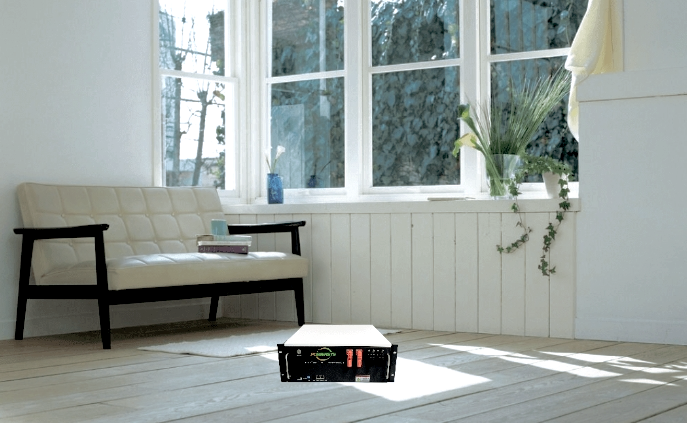
Energy storage 48V Lithium-ion battery circular economy success story
Circular economy success stories provide concrete evidence of the benefits of adopting circular principles in energy storage. One of the success stories comes from the renewable energy sector. A large renewable energy company has implemented a battery secondary utilization plan to reuse 48V lithium-ion energy storage batteries retired from electric vehicles into energy storage systems. By doing so, they can extend the life of these batteries and reduce the need for new resources. This not only saves valuable materials but also saves the cost of purchasing and refining raw materials for new batteries.
Collaborative initiatives between battery manufacturers and recycling facilities have also achieved notable success. Working together, these entities have developed efficient recycling processes to recover many valuable materials from used batteries. This reduces the environmental impact of resource extraction and the carbon footprint associated with battery production. It also creates a sustainable supply of recycled materials, reducing the industry’s reliance on virgin resources.
Embrace the circular economy!
Embracing a circular economy reaps the benefits of sustainability, efficiency, and eco-friendliness. This path combines environmental responsibility with economic viability, creating a win-win situation for different industries.

